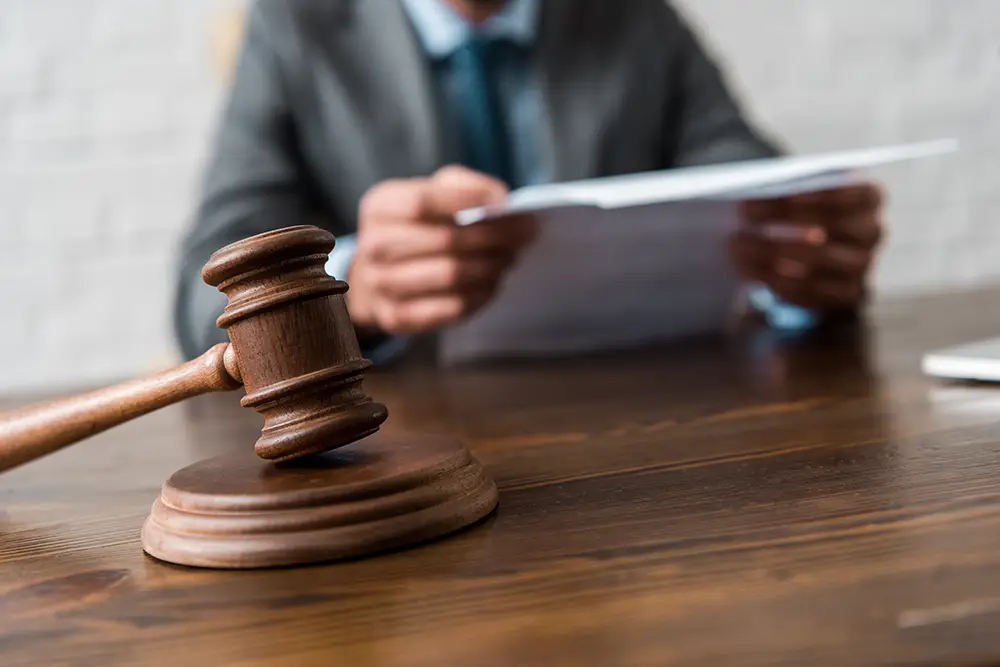2 min read
Understanding Personal Injury Court Procedures: A Step-by-Step Guide
![]() Whitcomb, Selinsky, PC Staff
:
October 11, 2023
Whitcomb, Selinsky, PC Staff
:
October 11, 2023

Personal injury cases can be complex, and court procedures involved in these cases can be overwhelming to navigate. You may need clarification on what steps to take or your legal rights.
Personal injury cases are legal disputes that arise when one person is injured or harmed in an accident that is not their fault but was caused by another person or entity's negligence or wrongful actions.
The injured person may have legal rights to compensation for damages caused by the accident. A personal injury case is how they claim that compensation.
While each situation is unique, here are the basic court procedures involved in a personal injury case.
Basic Personal Injury Court Procedures
Filing a Complaint
The first step in a personal injury case is to file a complaint with the court. The complaint is a legal document that outlines the plaintiff's — your — claim against the defendant. It must be filed within the statute of limitations, which varies depending on the state and the type of injury.
Serving the Defendant
Once the complaint is filed, you must serve the defendant with a copy of the complaint and a summons. The summons is a legal document that notifies the defendant that they are being sued and provides them with a date to appear in court.
Pretrial Proceedings
After the defendant is served, the pretrial proceedings begin. Pretrial involves discovery, where both parties exchange information about the case. This information includes witness statements, medical records, and other evidence to prove the personal injury claim.
During this phase, both parties also can request depositions, which are interviews with witnesses under oath.
Mediation and Settlement
Many personal injury cases are settled out of court through mediation or settlement negotiations. It is where both parties agree on the compensation the plaintiff will be paid. If a settlement is reached, the case is resolved without going to trial.
Trial
The case will go to trial if a settlement cannot be reached. During the trial, both parties can present their case to a judge or jury, who will then decide the outcome of the case. The trial process can be lengthy and involves presenting evidence, cross-examining witnesses, and making arguments.
Verdict and Appeal
After the trial, the judge or jury will render a verdict. If you win, you will be awarded compensation for your injuries. If the defendant wins, the case is dismissed.
If either party is unhappy with the verdict, they can appeal and request a higher court to review the case.
Getting Help Navigating Personal Injury Court Procedures
Personal injury cases can be time-consuming and complicated, and it is essential to have an experienced personal injury attorney to guide you through the process. They will protect your legal rights and get the compensation you deserve.
If you have been injured due to someone else's negligence, it is in your best interests to contact a personal injury attorney to help you navigate the court procedures involved in a personal injury case.
You deserve to win, and the right attorney can help you.
We invite you to get a free consultation with the Personal Injury Legal Team at Whitcomb Selinsky, PC. Call (866) 433-4116 or simply here to use our convenient online form to tell us how we can help.


